Why the appetite for at-home meals is a recipe for c-store success
1. There are 5.8bn in-home meal occasions in the UK each month
2. Home cooking is set to rise as consumers ditch eating out and takeaways
3. Almost a third of British consumers intend to buy more canned goods
4. 75% of shoppers are now buying more frozen products than ever before
5. Shoppers are looking for healthier options

1. There are 5.8bn in-home meal occasions in the UK each month
Fuelled by both the cost-of-living crisis, and the rise of hybrid working, for some consumers their kitchens are over-taking coffee-shops as a daily food stop.
Monthly in-home meal occasions stand at 5.8bn, a far cry from the 7.1bn occasions of May 2020 during lockdown, but still a 0.6bn increase on the pre-pandemic average of 5.2bn in 2018/2019 (Kantar).
“The Covid-19 pandemic ushered in a whole new way of life over the past few years, including how we eat and cook, with many consumers choosing home-cooking,” says Jeremy Gibson, brand marketing director at Princes.
“Coinciding with the arrival of a cost-of-living crisis last year this has had a real-time impact on shopping habits, with almost 70% of people stating that rising living costs was their biggest concern – a huge jump compared to 50% the previous year [HSBC].
“This has highlighted new eating habits with morning snacks up by 9% (£508m) [since 2019] [Kantar], lunch by 7.1% (£823m) [ibid] and afternoon snacks by 11.8% (£614m) [ibid], shaping the cooking at home category with more occasions.”
These bonus occasions translate to a huge opportunity for c-stores. And Stuart Cordner from Cordner’s Spar in Belfast says that the key to cashing in is providing simple solutions on the shelves.
“Sometimes the meal solution that you’re offering is actually more important to shoppers than the overall price,” he says.
“First you have to offer all the elements of a meal, otherwise the whole thing is null and void! You need to keep products together to offer the solution (like having Dolmio’s next to the spaghetti). Just make it really simple for the shopper to get what they need quickly.”

2. Home cooking is set to rise as consumers ditch eating out and takeaways
As the cost of living crisis bites, the two most common things that Brits are giving up are eating out (41%) and takeaways (40%), which means home cooking is set to rise, according to a survey from personal finance comparison site Finder.com.
Indeed, the peak days of furlough cash feeding hardcore Deliveroo habits is now over. Delivery penetration peaked at 14% during the pandemic and remained between 8.5% and 11% during 2022 [Lumina Intelligence]. The cost-of-living crisis could see this cut further.
Instead, home cooks could be choosing to create more fake-aways from scratch.
“Big night in opportunities are increasingly in demand, in part driven by need for consumers to cut costs,” says Courtney Lewis, customer director for independent convenience and wholesale at Premier Foods.
“In fact, around half of all home cooks are expected to be cooking from scratch more often now than in 2019 [Mintel] and are making smarter swaps in order to reduce luxuries and additional spending. This poses an opportunity for the cooking sauces, meal accompaniments and desserts categories as they allow consumers to create quick and easy delicious meals at home. What’s more, these products are perfect for the convenience sector, as retailers can offer solutions to shoppers who decide to do their big meal in at the last minute.”

3. Almost a third of British consumers intend to buy more canned goods
Food influencers like Jack Monroe have shown how shoppers can get cheap and tasty meals from cans. And so, with the cost-of-living crisis biting, it’s vital to make room for these everyday basics.
“We have a lot of everyday household ingredients like cans that you can just keep in the cupboard and then make a meal out of,” says Hazel Ridge from Bassett’s Londis Weymouth.
“I actually ended up putting Euroshopper basics onto an entire bay. I just got a spare bay and filled it up. We also stock Jack’s, but a lot of our customers are watching what they spend right now so we want to offer different price points.”
A significant 31% of British consumers intend to buy more canned products over the coming year, according to a survey commissioned by Princes Group in partnership with KICR innovation consultancy during September 2022.
Some consumers perceive canned goods as poor quality versus fresh because of the ‘all-day-breakfast-in-a-can effect’. Yet Princes believes that’s changing as products evolve.
“Canned goods and the dishes that can be created at home are historically associated with traditionally British cuisine, such as pies, toast meals and home-baked desserts,” Gibson says.
“At Princes, we’re breaking those barriers and perceptions that canned products are of lesser quality than fresh, which is just not the case. When creating home cooked meals, canned is as tasty and nutritious, and often more convenient and cost-effective, than fresh. We’re addressing these barriers and myths when it comes to canned goods through communications and marketing efforts that work to highlight the positives of using canned as an ingredient or an accompaniment.”

4. 75% of shoppers are now buying more frozen products than ever before
Frozen food is coming to the fore in 2023 as shoppers look to cut back on both expense and food waste. The rising price of fresh food is worrying 87% of Brits as the cost-of-living crisis starts to impact shopping habits, according to a recent survey conducted by free from ready meal brand Kirsty’s.
Three quarters of shoppers (75%) are now buying more frozen products than ever before with 71% of shoppers stating that buying frozen meals is saving them money, according to the survey.
“I think that shoppers are focusing more on frozen food,” says Stuart.
“It’s seen as being less waste and a key value way for people to feed their families. I’m seeing a lot of retailers do ‘Feed your family for less than £10’ deals that include pizza, garlic bread, chips and dessert.”
Plus there’s also the convenience factor, with time-poor consumers able to invest minimum time for maximum results.
“In previous recessions, consumers relied on frozen products to create home cooked meals as it offered great value, less waste and portionability,” says Naomi Tinkler, category controller at McCain Foods.
“These meals included everyday family favourites as well as healthier options like our Ready Baked Jackets. We believe shoppers will rely more heavily on those credentials in the coming months.”
It’s worth remembering that the category doesn’t just have to mean garlic bread and pizza. Frozen veg can be a thrifty and healthy choice too.
“It’s interesting,” says Hazel. “I sell many more frozen carrots than I do fresh. And I think that’s because people know that frozen lasts longer so you can just use what you need.”

5. Shoppers are looking for healthier options
Since the pandemic hit, many consumers have committed to healthier diets. 38% of UK consumers claim that they are eating significantly more healthily since covid-19, according to a survey from McKinsey. Almost half (46%) said they had reduced their sugar consumption in the last 12 months.
“Yes customers are looking at prices, but they have one eye on health, fitness and wellbeing too,” says Stuart.
“So, where we are at the moment are meals like Chicken Fajitas and Stir Frys. People want meals for the family that they consider healthy. So it’s about getting a jar or a meal-kit, some rice or noodles and then picking up the accompanying fresh vegetables.”
Brands have been responding to the emphasis on health by cutting the sugar in key components. For example, Sharwood’s Reduced Sugar Stir Fry Sauces aim to be an easy-to-make option that’s healthier than the takeaway.
“The sauces contain 30% less sugar than the category average and allow consumers to choose the same great taste they know and love from the brand, while appealing to health-conscious consumers,” says Lewis.
“It is also important to stock healthier accompaniments to the main meal. For example, for a curry night, Sharwood’s Mini Plain Naans containing 50% wholewheat flour is an ideal healthier addition.”




















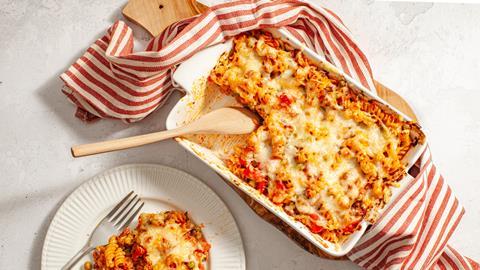
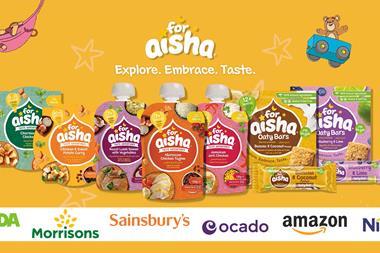
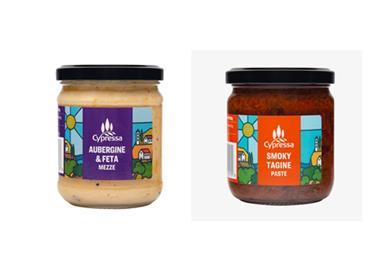
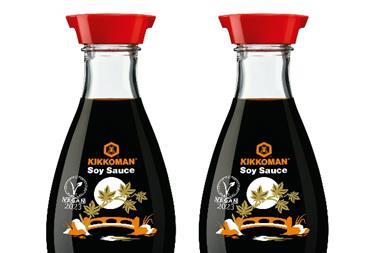

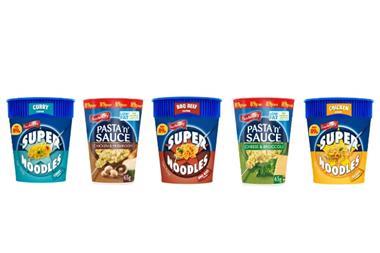







No comments yet